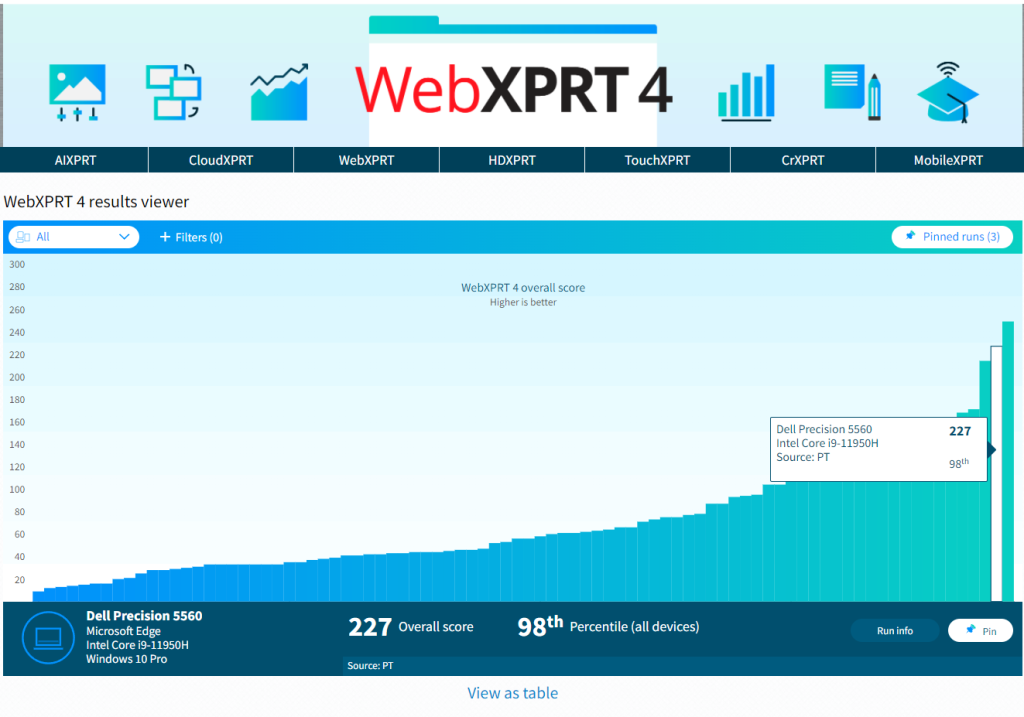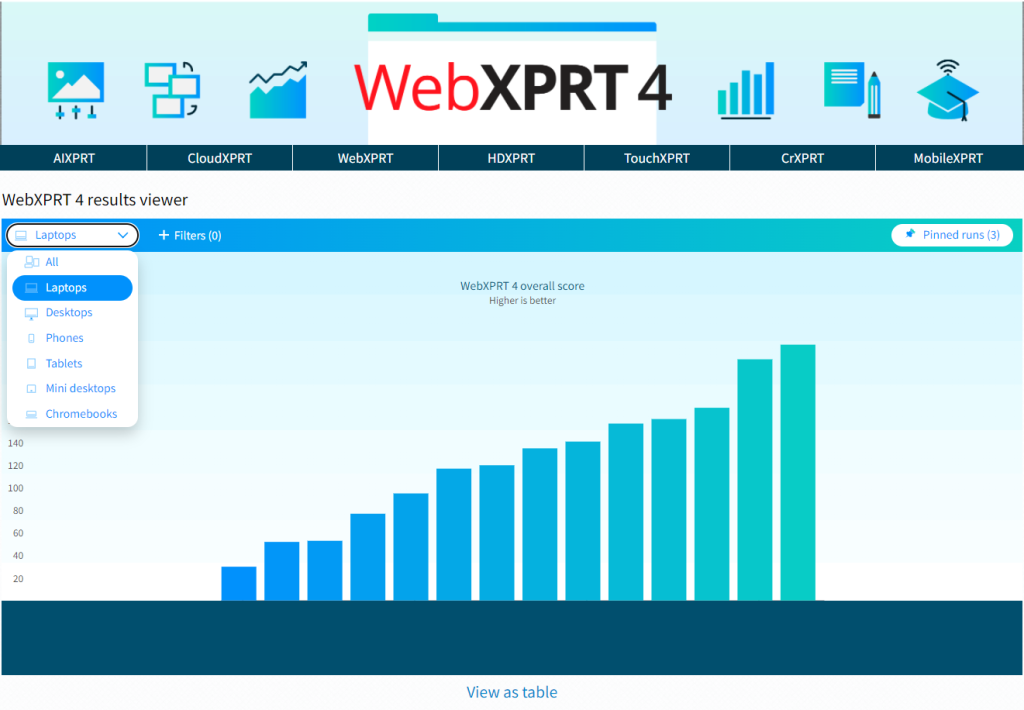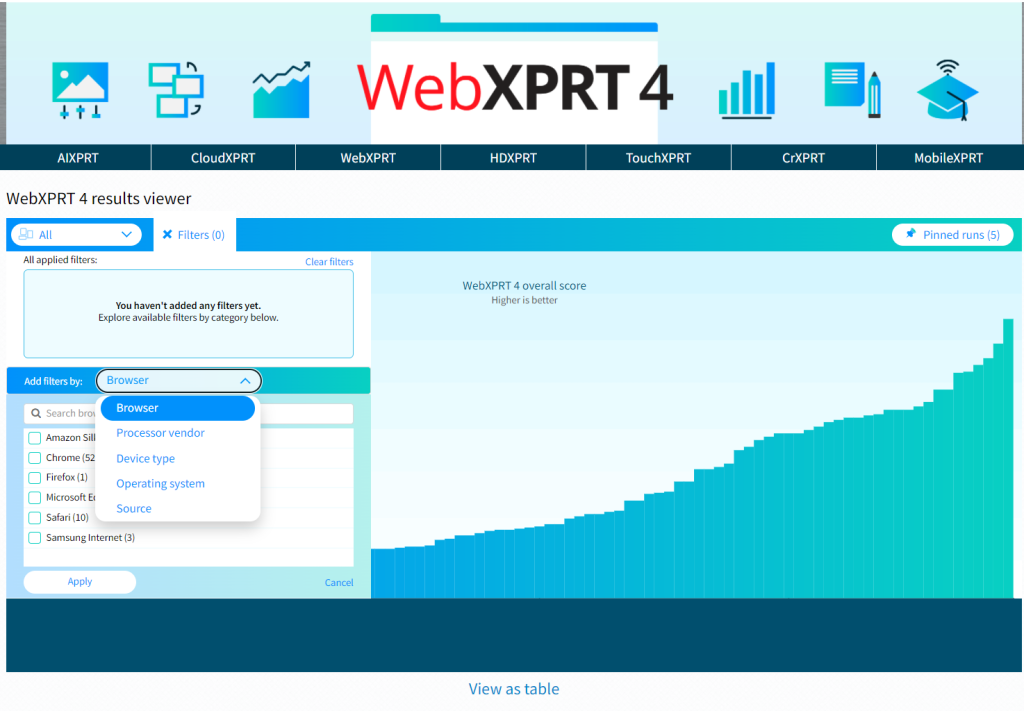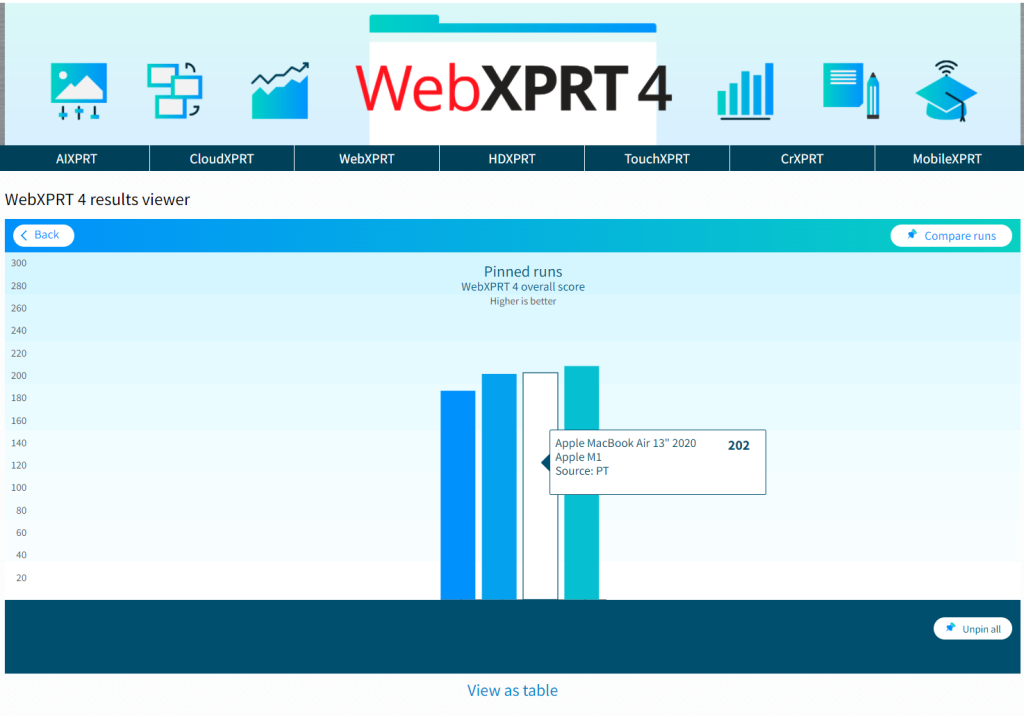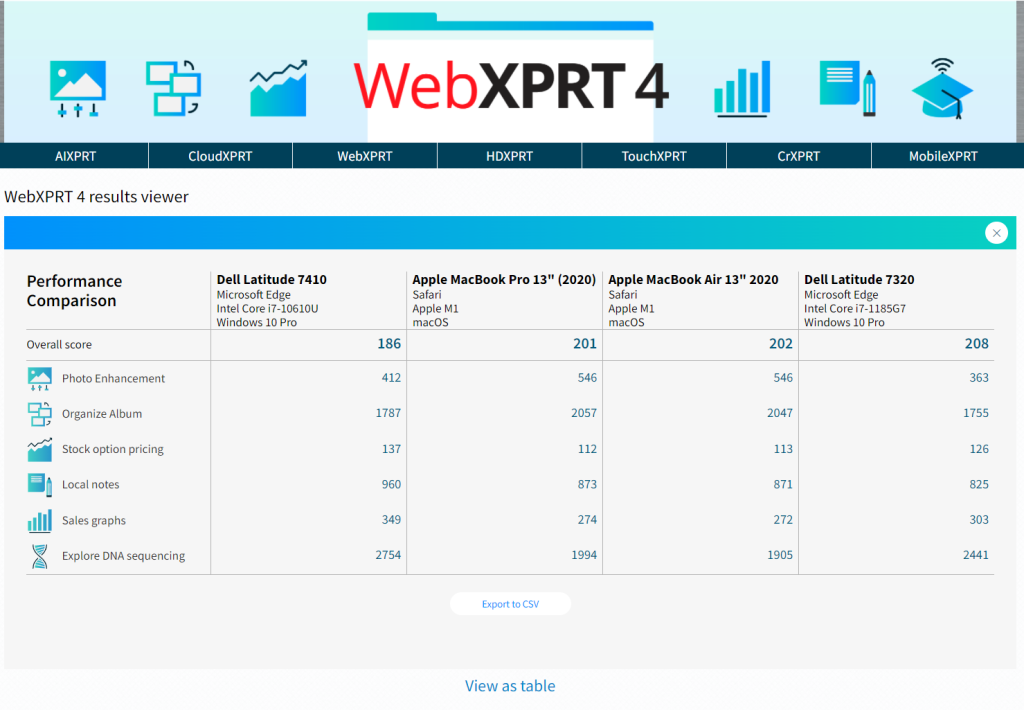Last March, we discussed the Chrome OS team’s original announcement that they would be phasing out support for Chrome Apps altogether in June 2021, and would shift their focus to Chrome extensions and Progressive Web Apps. The Chrome OS team eventually extended support for existing Chrome Apps through June 2022, but as of this week, we see no indication that they will further extend support for Chrome Apps published with general developer accounts. If the end-of-life schedule for Chrome Apps does not change in the next few months, both CrXPRT 2 and CrXPRT 2015 will stop working on new versions of Chrome OS at some point in June.
To maintain CrXPRT functionality past June, we would need to rebuild the app completely—either as a Progressive Web App or in some other form. For this reason, we want to reassess our approach to Chrome OS testing, and investigate which features and technologies to include in a new Chrome OS benchmark. Our current goal is to gather feedback and conduct exploratory research over the next few months, and begin developing an all-new Chrome OS benchmark for publication by the end of the year.
While we will discuss ideas for this new Chrome OS benchmark in future blog posts, we welcome ideas from CrXPRT users now. What features or workloads would you like the new benchmark to retain? Would you like us to remove any components from the existing benchmark? Does the battery life test in its current form suit your needs? If you have any thoughts about these questions or any other aspects of Chrome OS benchmarking, please let us know!
Justin


